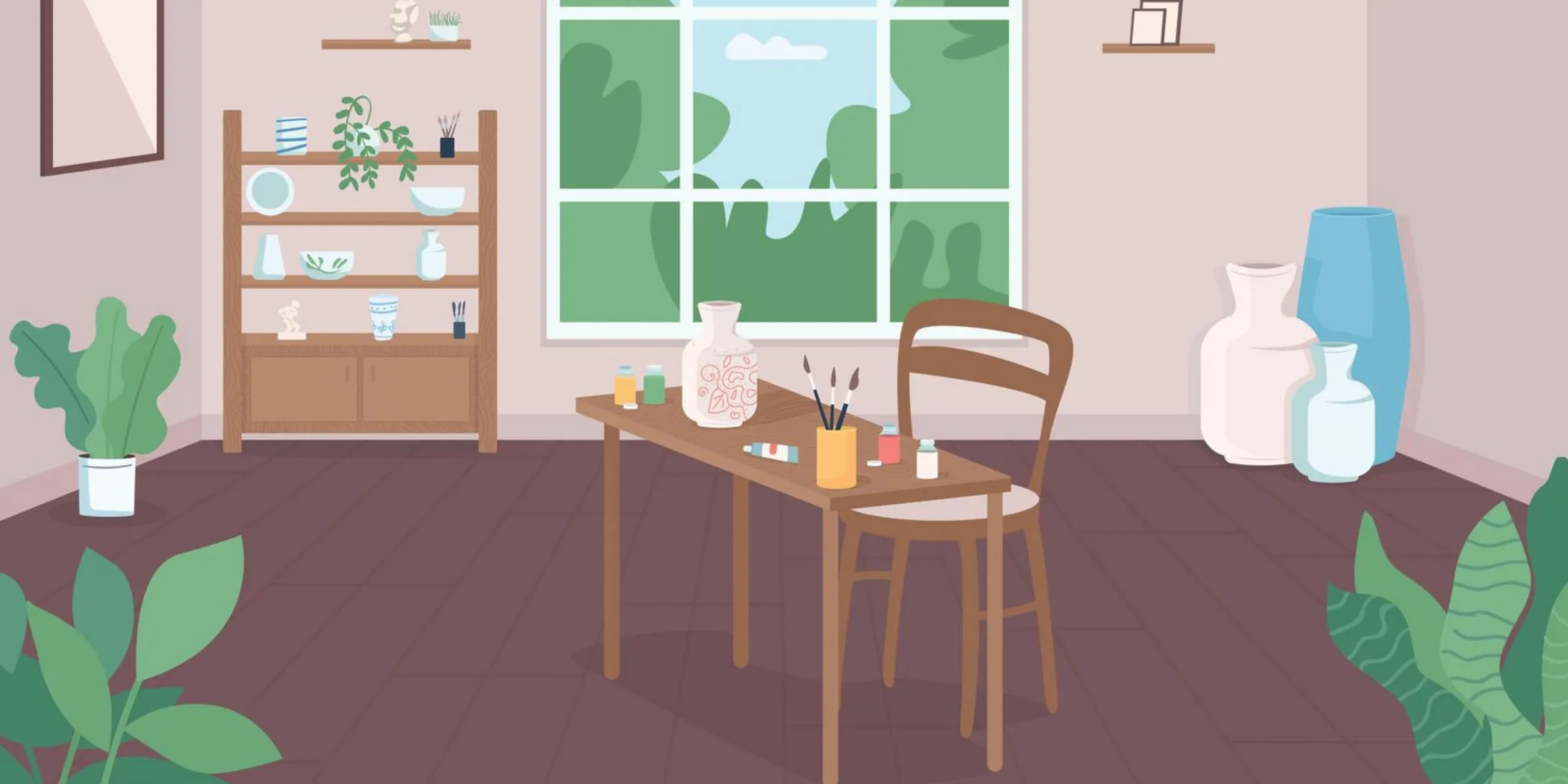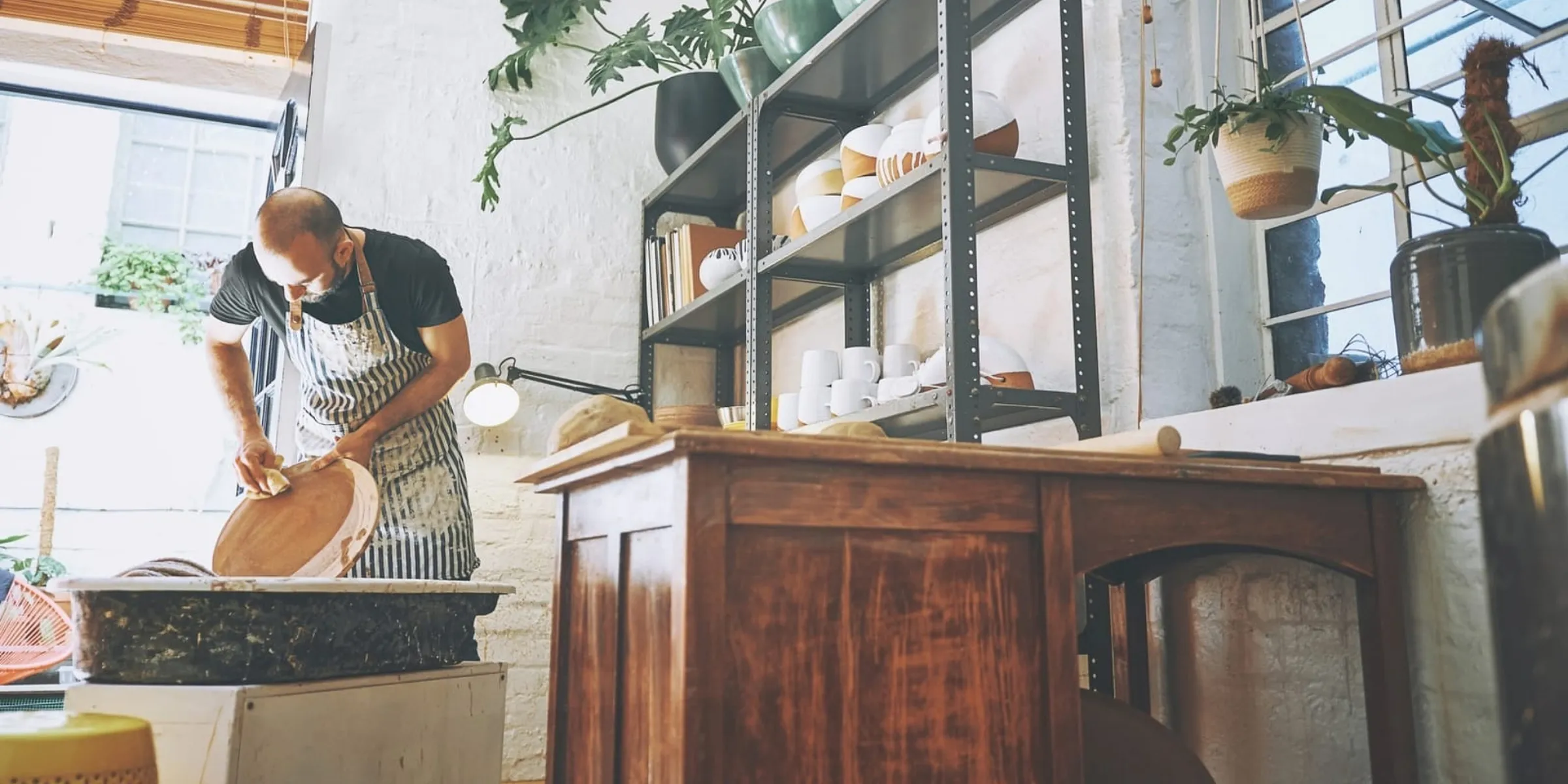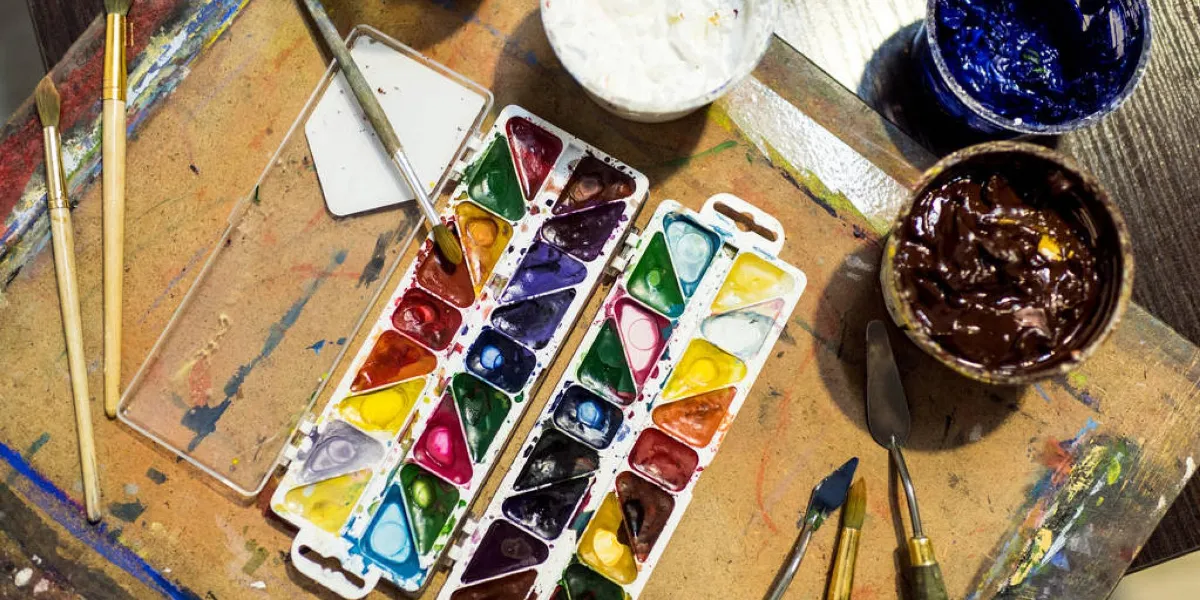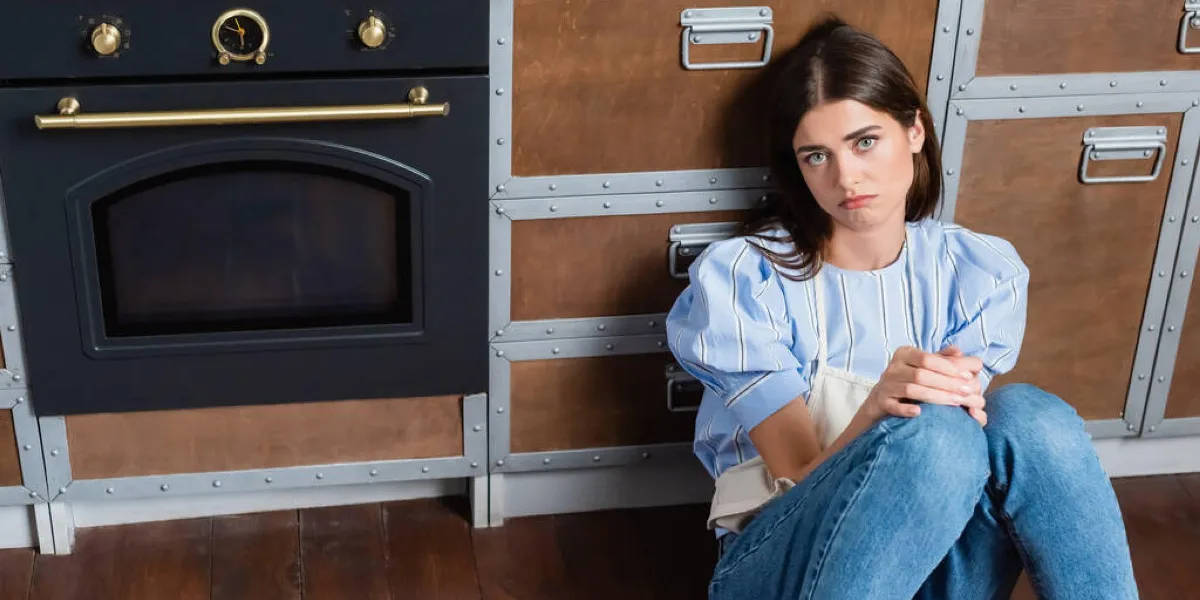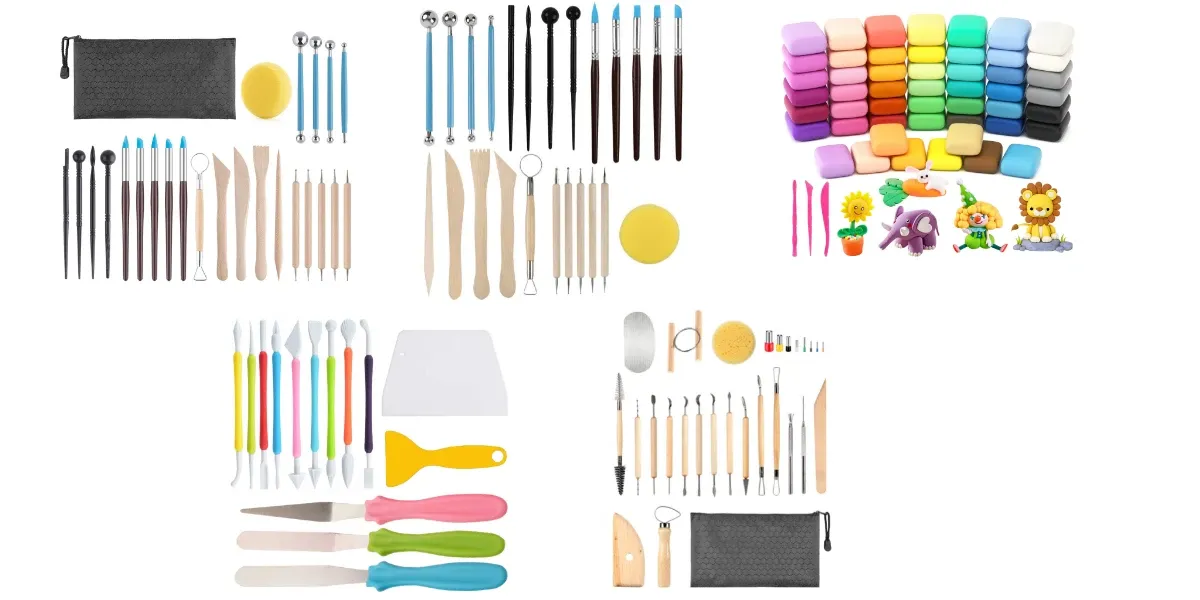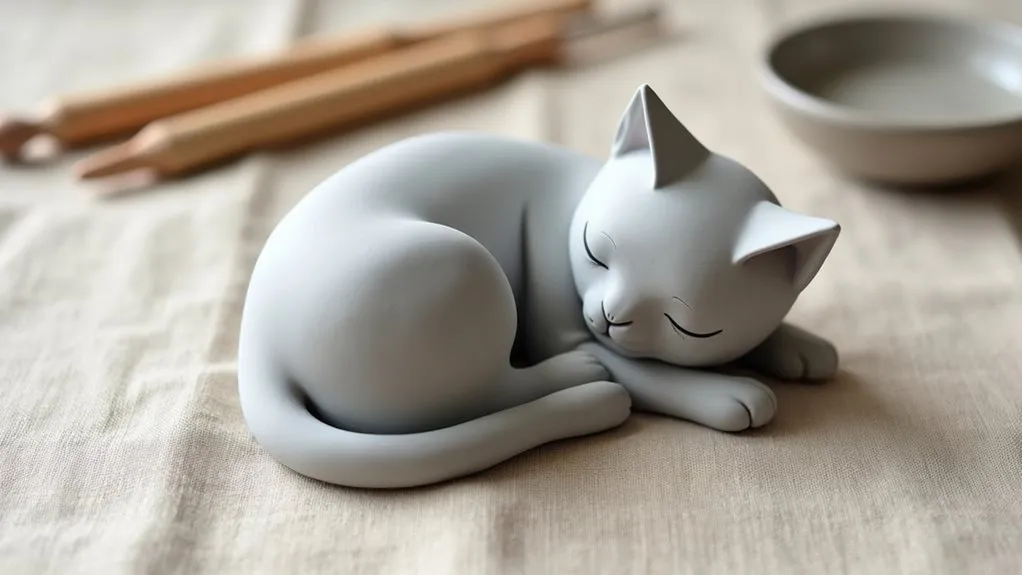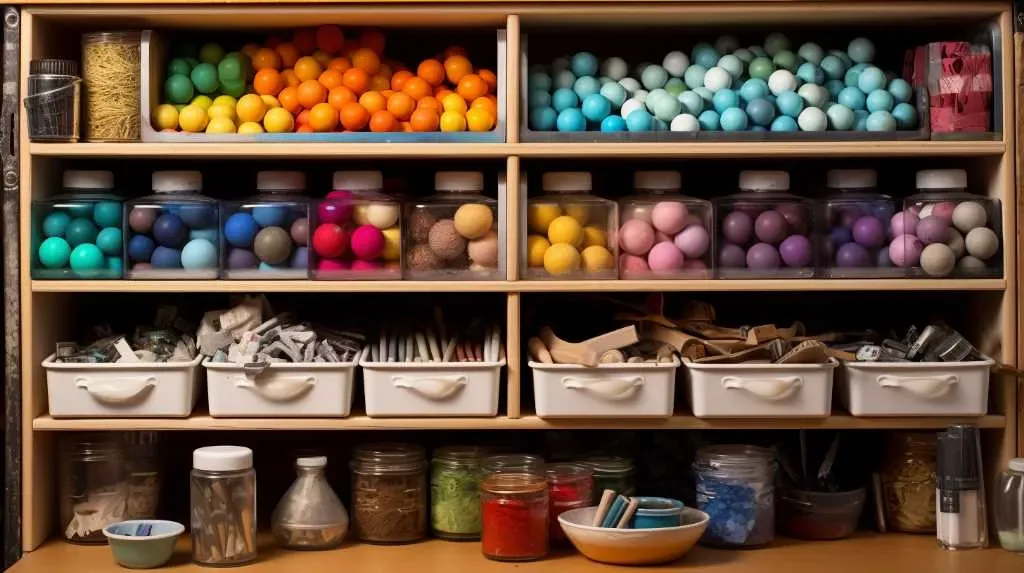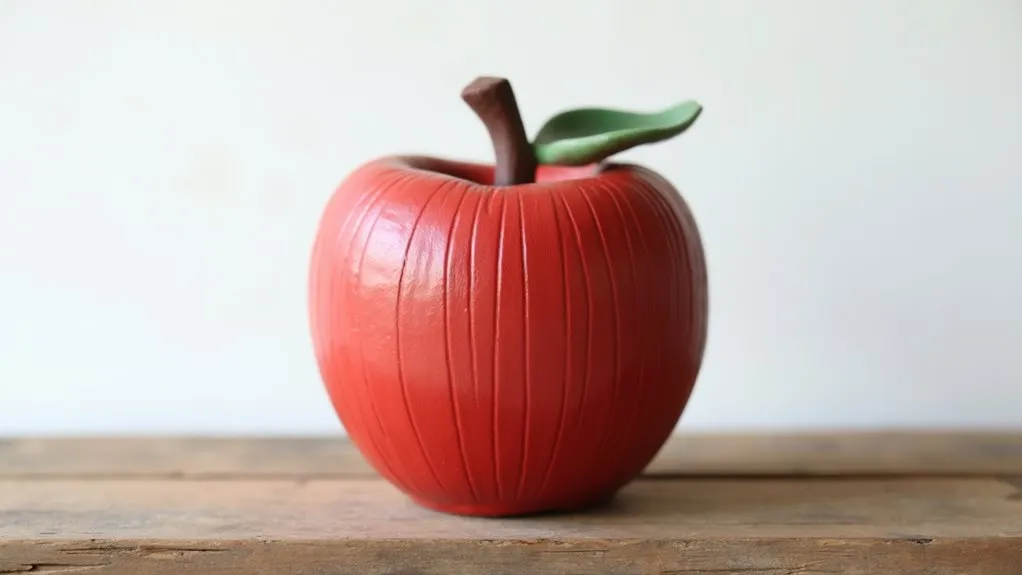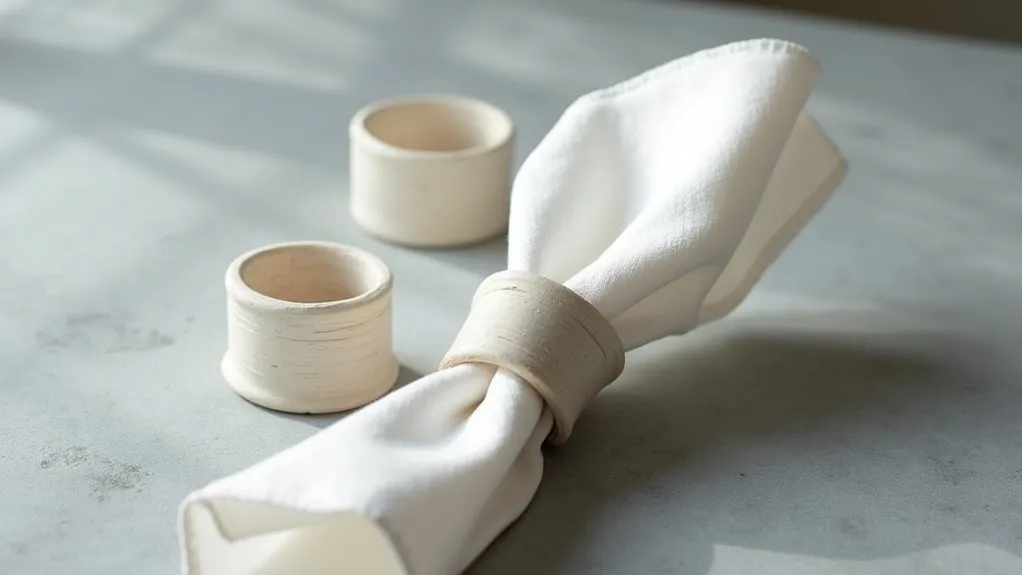Preventing curling in air dry clay is a crucial aspect to achieve a professional and aesthetically pleasing finish, while also ensuring the longevity of the artwork.
Curling can significantly impact the overall shape and appearance of the clay, making it challenging to work with and hindering the creation of desired designs.
This guide aims to provide essential tips for preventing curling in air dry clay, including selecting the appropriate clay type, conditioning the clay, utilizing an armature, and implementing proper drying techniques. By following these guidelines, artists can effectively mitigate the occurrence of curling in their clay creations.
To begin with, it is important to carefully choose the type of clay you will be working with. Different clay types have varying levels of shrinkage and flexibility, which can influence how susceptible they are to curling. Delving into the characteristics and properties of each clay type will help you make an informed decision that suits your specific project.
Once you have selected the right clay, the next step is to properly condition it. Conditioning involves kneading and manipulating the clay to improve its elasticity and remove any air bubbles. This process not only prepares the clay for shaping but also helps reduce the likelihood of curling during drying.
Utilizing an armature is equally important in preventing curling. An armature is a supportive structure that is placed within the clay to provide stability and prevent deformation. It can be made from materials such as wire, aluminum foil, or even recycled materials like popsicle sticks. By incorporating an armature, you ensure that the clay maintains its desired shape throughout the drying process.
Proper drying techniques are by the same token crucial in preventing curling. The drying process should be done gradually and evenly to minimize stress on the clay. Rapid drying or exposing the clay to direct heat can cause uneven shrinkage and lead to curling. Instead, allow the clay to air dry gradually in a cool and dry environment. This will allow the moisture to evaporate at a consistent rate and reduce the chances of curling.
In conclusion, preventing curling in air dry clay requires attention to detail and careful execution. Not only does selecting the appropriate clay type play a vital role, but proper conditioning, utilizing an armature, and implementing the right drying techniques are equally essential. By following these tips, artists can create clay creations that are free from curling, allowing them to achieve the desired results and showcase their artistic skills.
Key Takeaways
Preventing curling in air dry clay is crucial for achieving a professional and aesthetically pleasing finish, while also ensuring the artwork’s longevity. Curling can significantly impact the clay’s shape and appearance, making it challenging to work with and hindering the creation of desired designs. This guide aims to provide essential tips for preventing curling in air dry clay, including selecting the appropriate clay type, conditioning the clay, utilizing an armature, and implementing proper drying techniques. By following these guidelines, artists can effectively reduce the occurrence of curling in their clay creations.
To start, carefully choosing the clay type is important. Different clay types have varying levels of shrinkage and flexibility, which can influence their susceptibility to curling. Understanding the characteristics and properties of each clay type will help you make an informed decision that suits your specific project.
Once you have selected the right clay, the next step is to properly condition it. Conditioning involves kneading and manipulating the clay to improve its elasticity and remove any air bubbles. This process not only prepares the clay for shaping but also helps reduce the likelihood of curling during drying.
Utilizing an armature is also crucial in preventing curling. An armature is a supportive structure placed within the clay to provide stability and prevent deformation. It can be made from materials such as wire, aluminum foil, or even recycled materials like popsicle sticks. By incorporating an armature, you ensure that the clay maintains its desired shape throughout the drying process.
Proper drying techniques are equally important. The drying process should be gradual and even to minimize stress on the clay. Rapid drying or exposing the clay to direct heat can cause uneven shrinkage and lead to curling. Instead, allow the clay to air dry gradually in a cool and dry environment. This will allow the moisture to evaporate at a consistent rate and reduce the chances of curling.
In conclusion, preventing curling in air dry clay requires attention to detail and careful execution. Selecting the appropriate clay type, proper conditioning, utilizing an armature, and implementing the right drying techniques are essential. By following these tips, artists can create curl-free clay creations, showcasing their artistic skills.
Why Prevent Curling
Preventing curling in air dry clay is crucial as it preserves the desired shape and appearance of the clay, ensuring easy manipulation and achieving a flat and professional finish. Curling can greatly impact the overall aesthetics of the clay artwork, making it challenging to attain desired designs and compromising its visual appeal. Additionally, a flat clay surface is vital for preventing cracking or warping of the clay, guaranteeing its durability.
To avoid curling, several tips can be followed. Selecting the appropriate type of air dry clay, one that is known for minimal curling tendencies, is essential. Conditioning the clay before use through proper kneading and manipulation helps eliminate air bubbles and uneven textures, reducing the likelihood of curling.
Utilizing an armature or support structure provides internal support and prevents movement and curling during the drying process. Finally, employing proper drying techniques, such as placing the clay on a flat and level surface and avoiding rapid drying, can minimize curling and contribute to achieving a professionally finished piece.
Choosing the Right Clay
When it comes to choosing the perfect air dry clay, one must take into consideration the distinct properties and characteristics of various brands and types. Selecting the right clay entails conducting thorough tests and evaluations to determine its performance.
Artists should conduct experiments with different clays to ascertain which one suits their specific projects the best. Factors such as the clay’s hardness, pliability, and ability to maintain its shape should be taken into account. Additionally, the drying time and shrinkage rate of the clay should not be overlooked, as these factors can greatly impact the final outcome of the artwork.
Conditioning the Clay
Preparing the clay before use involves working and manipulating it to soften and enhance its flexibility, ensuring a smooth and consistent texture for optimal sculpting and shaping. To achieve the desired outcomes, it is crucial to avoid common conditioning errors and employ effective techniques for softening air dry clay.
Here are four methods to consider:
- Thorough kneading: Make sure that the clay is well kneaded to eliminate any air bubbles and achieve a uniform texture throughout. This can be accomplished by folding, pressing, and rolling the clay in various directions.
- Moisturizing: If the clay feels excessively dry and stiff, lightly dampen your hands or use a moist cloth to add moisture to the clay. Be cautious not to add an excessive amount of water, as it may impact the clay’s drying process.
- Incorporating a softening agent: Adding a small amount of softening agents, such as glycerin or lotion, can help enhance the clay’s flexibility. Gradually mix the softening agent into the clay, ensuring even distribution.
- Utilizing a conditioning machine: A pasta machine or a clay roller can be utilized to expedite and improve the conditioning process. Pass the clay through the machine or roll it repeatedly to soften and homogenize the clay.
Using an Armature
Utilizing an armature provides internal support and stability to the clay artwork, ensuring it maintains its desired shape throughout the drying process. The advantages of employing armatures in clay sculpting are plentiful.
To begin with, armatures enable artists to create larger and more intricate pieces that would be arduous to achieve with clay alone. By offering a robust framework, armatures prevent the clay from sagging or collapsing under its own weight.
Moreover, armatures facilitate the sculpting of fine details and delicate features, as the structure provides support and prevents deformation.
Techniques for attaching clay to armatures involve ensuring a secure bond between the two materials. Some uncommon methods include enveloping the armature with a layer of clay, using adhesive or wire to affix the clay to the armature, or fashioning a wire skeleton that the clay can be molded onto. These techniques ensure that the clay adheres to the armature and remains in place throughout the drying process.
Proper Drying Techniques
Proper techniques for drying clay involve placing it on a flat and level surface to ensure even drying and minimize the risk of deformation. Using a drying rack can be an effective way to achieve this. A drying rack provides adequate ventilation and allows air to circulate around the clay, promoting uniform drying. It also helps prevent the clay from sticking to the surface it is placed on.
Clay drying tips can further enhance the drying process. For instance, covering the clay with a loosely draped plastic sheet can slow down the drying process, preventing cracks and warping. Another tip is to place the clay in a sealed container with a damp cloth to create a microclimate that promotes slow and even drying.
These techniques can contribute to the successful drying of clay and help maintain its desired shape and appearance.

